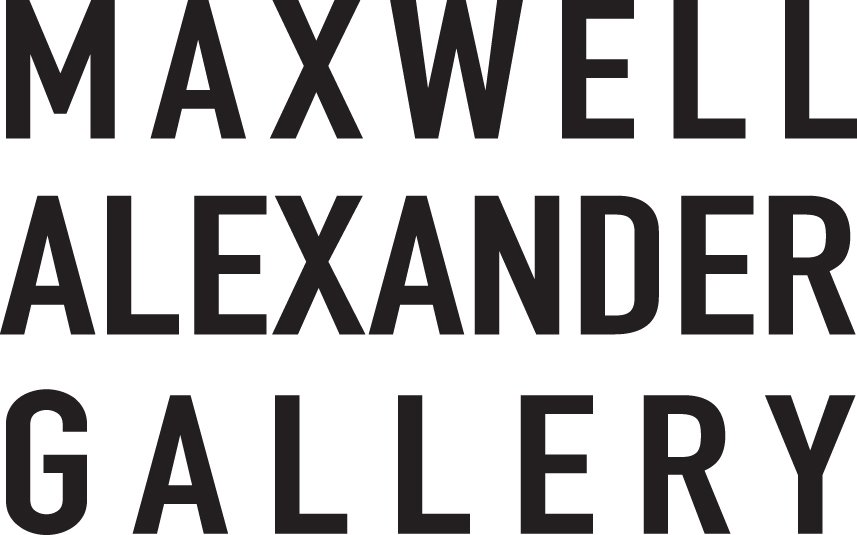In the pre-digital days of Hollywood, film stock was not sensitive enough to render nighttime footage usable to any feasible degree, so directors and their cinematographers often shot “day for night” by underexposing daylight shots and then darkening the shots later in post-production to give the impression of night. The effect generally worked, particularly in Western films, but it gave scenes a surreal and artificial feel with noticeable shadows on the ground and highlights that were a bit too bright to be just moonlight. The camera, at least back then, could not come close to seeing what the human eye could see.
California painter Glenn Dean can relate to the complexity of the human eye. How it can slowly adjust to nighttime conditions. How it can see detail in both shadow and highlight, whether the difference between the two is vast or subtle. How the eye can see color and form, even when lit from the sun’s reflection off the moon, 238,000 miles above the desert floor.
“I would go on these walks at night, and where I live there’s not a lot of light pollution, so you can walk under the light of the stars and still see where you were going,” Dean says. “The
moon especially helps define things at night. It provides just enough information so you can identify shapes and forms, but not completely. I find it interesting how dim that moonlight is, and how it creates this unexpected sense of excitement as you look at things in it. Everything you see is a surprise in it. You almost see everything anew under the moonlight.”
Dean’s new solo show, opening May 20 at Maxwell Alexander Gallery in Los Angeles, will focus exclusively on moonlit, twilight and nocturne images, all of which have been in the repertory of the artists for some time, but he’s never painted this many all at one time.
“Normally, every 10 paintings or so I would do a nocturne, but for this show I thought it would be fun to do a show of nothing but nighttime images,” he says. “I would start a half hour before the sun went down and then just paint into the nighttime until it was too dark to paint anymore. These works were often just color studies of the landscapes as I raced to paint the remaining color in the sky. As it got dark your eyes would start to adjust with the moonlight and then this world would open up.”
Works in the exhibition will include examples from almost every kind of nighttime light, including twilight scenes, where the sun has only barely cleared the horizon but still radiates in the glowing sky, and intensely dark middle-of-the-night light that gives the scenery an eerie bluish cast. In Night Trail, Dean takes the night about as far as it can go, darkening the landscape to an almost abstract level of color and form. He is often inspired by Frank Tenney Johnson, but even Johnson’s nocturnes pulled back before showing the pure overwhelming power of the darkness. Dean, for his part, doesn’t see these new pieces as experiments in color and form, but rather as a continuation of a theme he’s been happy to explore in recent years. “There’s a nuance to the nighttime and I’m just trying to find a way to show that through the paintings,” he says. “I’m asking how to truthfully and honestly explain this moonlight with a variety of compositions and effects.”
If Night Trail is on the darkest side of Dean’s nocturne spectrum, not far from it are 4 Hours Till Dawn, with a figure standing next to a brilliant white horse, and Into the Night, which shows clouds that seemingly absorb and refract moonlight in glowing airborne pockets. “I’m exploring these darker ones with a limited palette of colors—no more than five and no fewer than three,” Dean says. “They’re pretty tonal, but that’s part of the fun. Some of the paintings have more tonality, but there is color vibration there, especially when you get up close.” On the opposite side of the spectrum are Contemplation, with its rainbow of colors fizzling away as the earth spins away from the sun, and Heading Home, which brings back a male and female figure that have appeared in recent works by the artist.
“Subconsciously, I feel like the female figure started showing up after I got married, which was interesting,” he says. “As far as the story goes, as with any of my works, I try to keep that vague without over explaining everything. It’s more enjoyable for me and my imagination, and the viewer is owed that much too.”
Many of Dean’s male figures are carrying rifles or wearing gun belts, but his works don’t feel dangerous or volatile. They feel quite the opposite—they feel peaceful. “That’s how I try to see the world. I don’t have any experience directly with the Old West, so my experience with the West is peaceful and calm,” he says. “I certainly know the dangerous West existed, and maybe these figures are living in a world where they needed those guns—when they were traveling, for instance—but that’s not me and I don’t want to show that side of the West. I want to show the expansive peaceful qualities of the West.”
To view more of Glenn Dean's work, click here.
